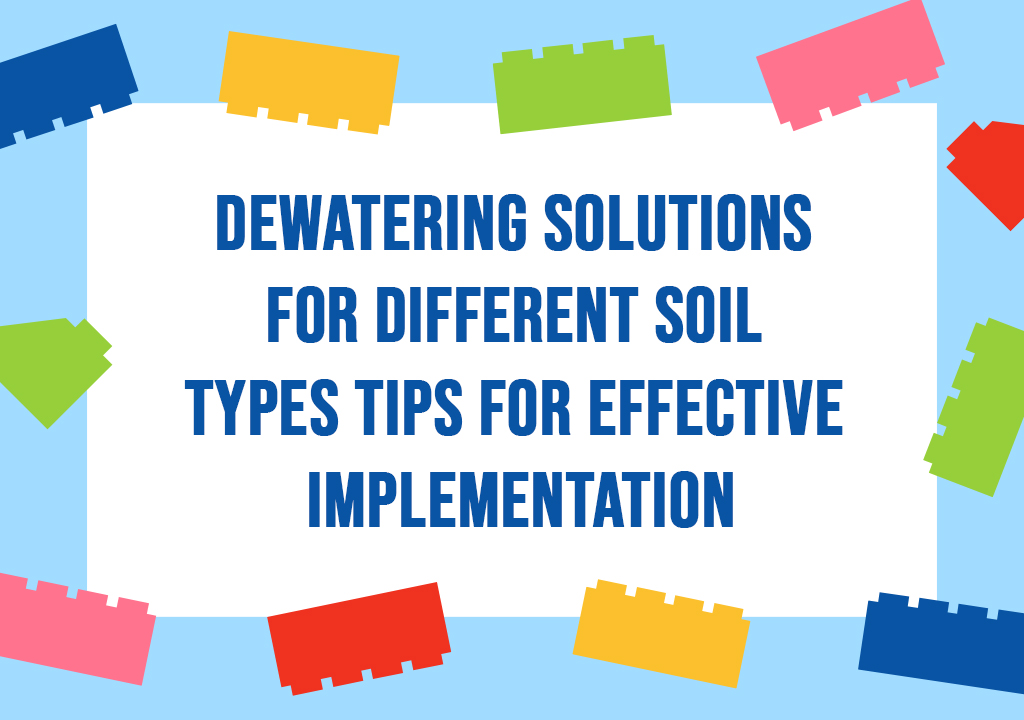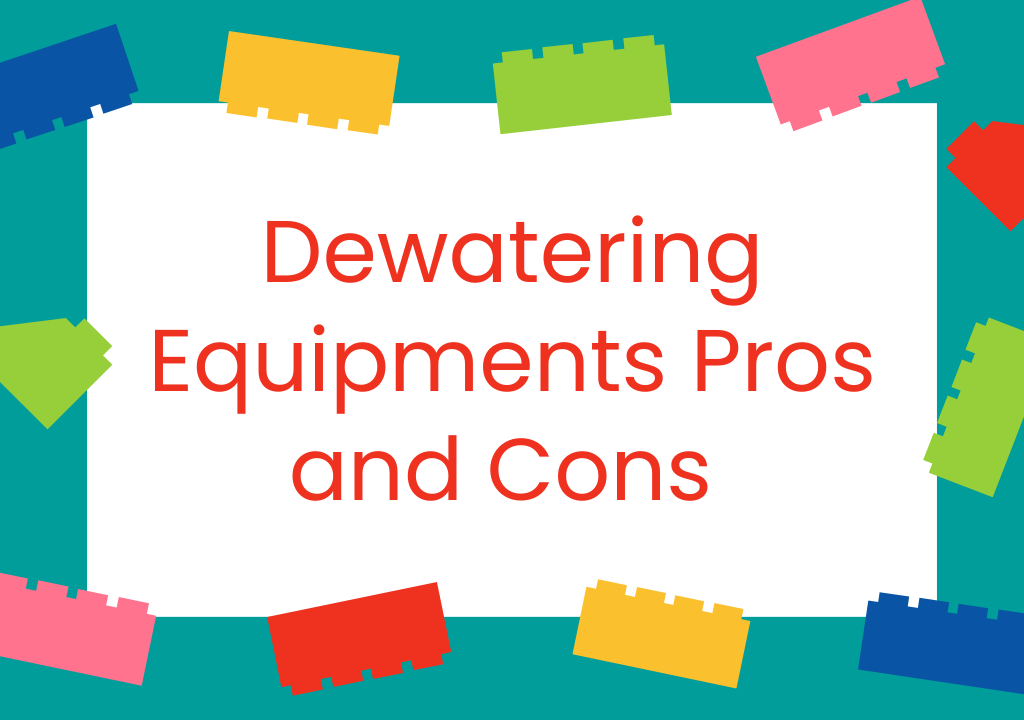Maximizing Efficiency: Essential Components and Best Practices of a Complete Dewatering System
In construction and various civil engineering projects, managing groundwater and excess water is imperative to ensure stability, safety, and seamless progression. One of the key solutions in such scenarios is a comprehensive dewatering system. Among the leading providers in this field, Prasanth Dewatering stands out for its commitment to efficient solutions tailored to diverse project needs.
Understanding the Complete Dewatering System
A complete dewatering system is an integrated approach that employs various methods and equipment to effectively control groundwater levels. It encompasses multiple components working cohesively to extract, manage, and redirect water, thereby maintaining a dry work environment crucial for construction, excavation, and other similar activities.
Essential Components
Dewatering Pumps: These are the workhorses of any dewatering system. Prasanth Dewatering offers a range of high-capacity pumps equipped to handle different volumes and types of water. Submersible pumps, centrifugal pumps, and wellpoint systems are some variations tailored to specific requirements.
Wellpoints and Piezometers: Integral to managing groundwater, wellpoint systems are often employed in cohesive units to lower the water table efficiently. Piezometers, used alongside, assist in monitoring groundwater levels to adjust the dewatering process accordingly.
Filtration and Treatment Units: To comply with environmental standards, dewatering systems include filtration and treatment units to ensure that water discharged back into the environment is free from contaminants. Prasanth Dewatering prioritizes eco-friendly solutions in their systems, addressing environmental concerns effectively.
Monitoring and Control Systems: With the aid of advanced technology, monitoring groundwater levels, pump performance, and system operation in real-time ensures optimal functioning. Prasanth Dewatering integrates cutting-edge control systems to maintain efficiency and mitigate risks of system failures.
Best Practices for Effective Dewatering
Site Assessment: A thorough understanding of the site’s geological composition and water table behavior is crucial. Prasanth Dewatering’s expertise lies in conducting detailed assessments to tailor a dewatering system that suits the site’s unique characteristics.
Proper Equipment Selection: Choosing the right equipment based on the site’s requirements is pivotal. Prasanth Dewatering’s array of pumps and systems ensures adaptability to varying project needs, ensuring optimal performance.
Regular Maintenance: Continuous operation can lead to wear and tear. Regular maintenance and servicing of dewatering equipment are essential to prevent unexpected breakdowns. Prasanth Dewatering offers maintenance services to guarantee uninterrupted functioning.
Environmental Compliance: Adhering to environmental regulations is non-negotiable. Prasanth Dewatering’s systems are designed not just for efficient dewatering but also to meet environmental standards, minimizing the impact on the surrounding ecosystem.
Conclusion
A complete dewatering system, comprising the aforementioned essential components and adhering to best practices, is a cornerstone in ensuring the smooth progress of construction and civil engineering projects.












